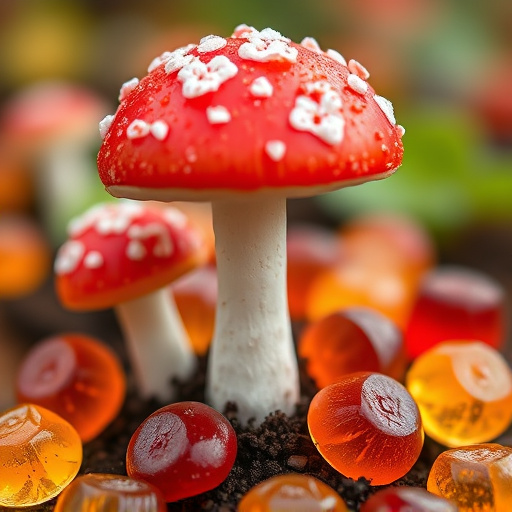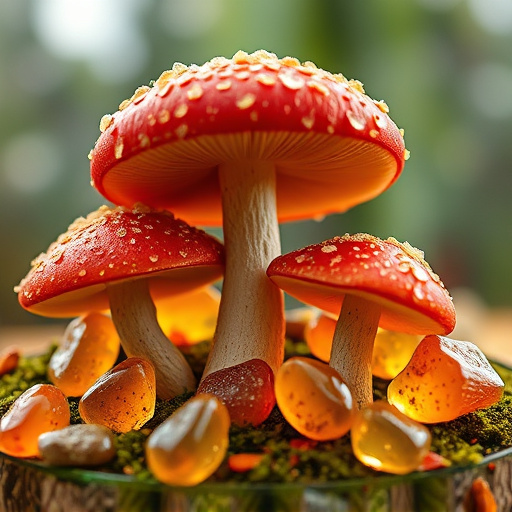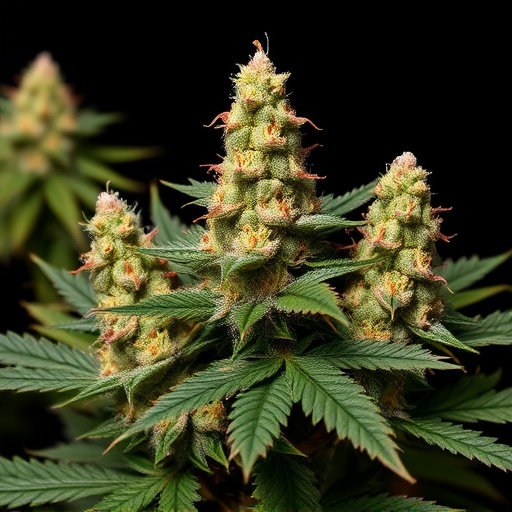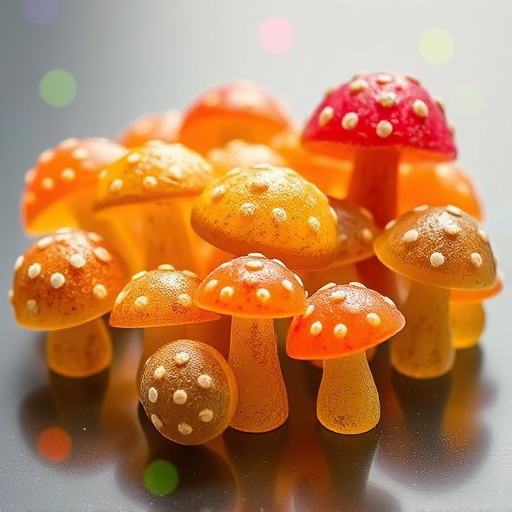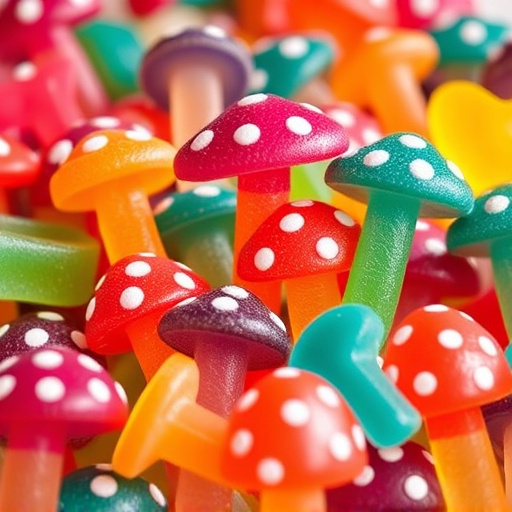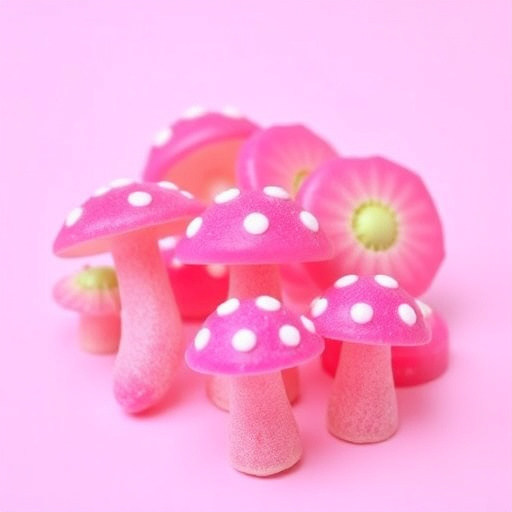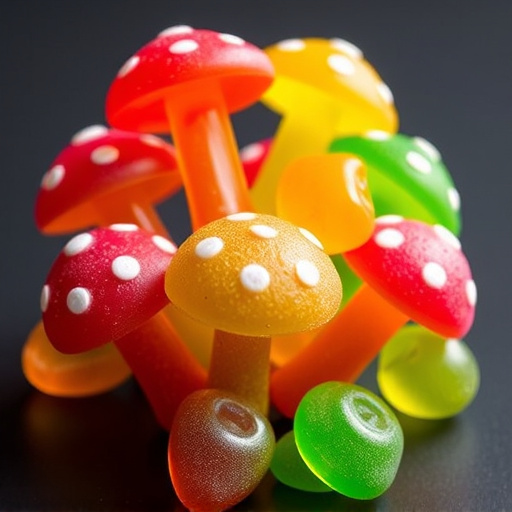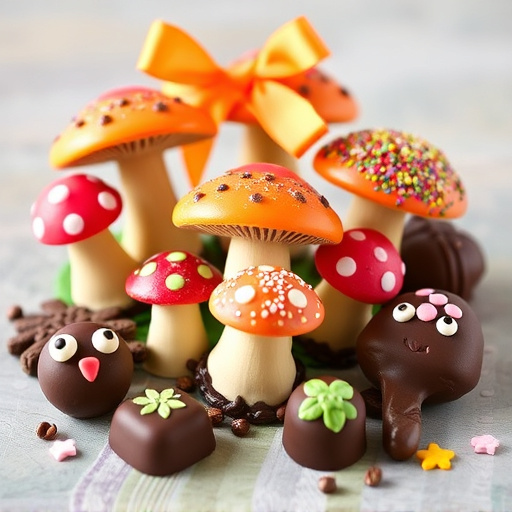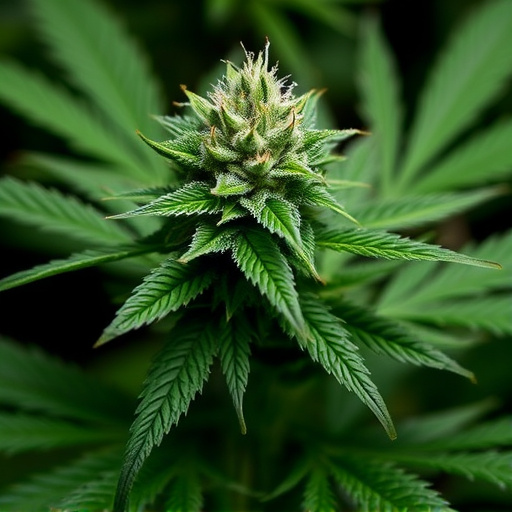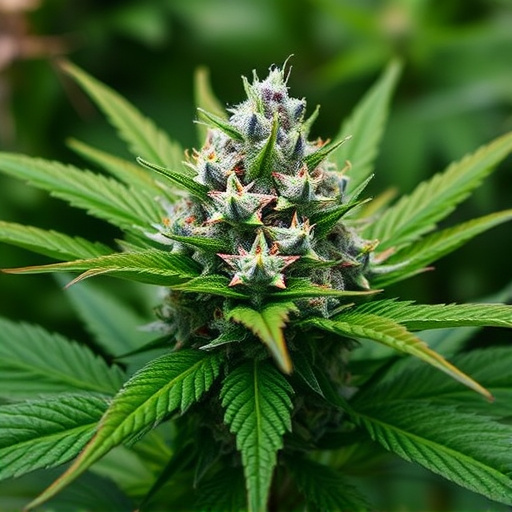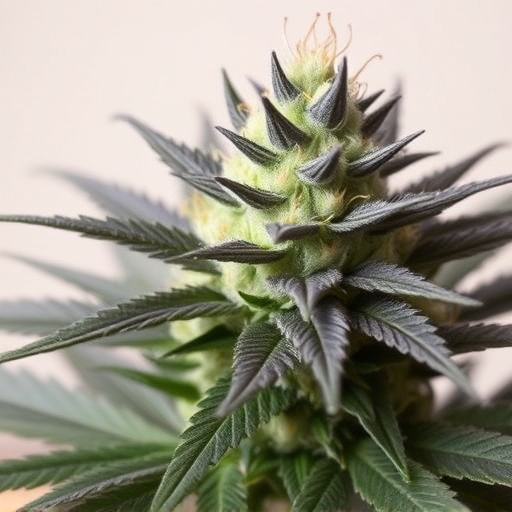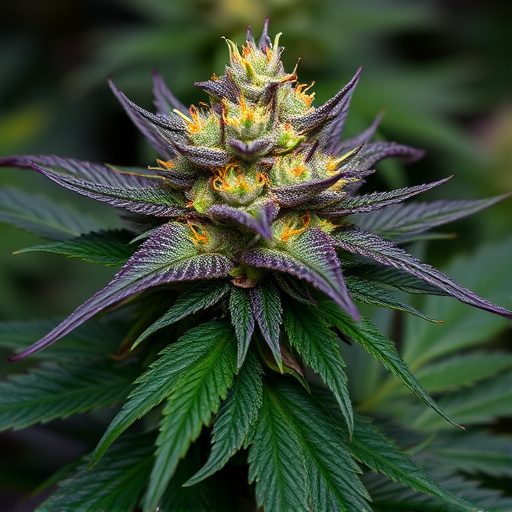Cannabis plants produce a range of pigments like anthocyanins (red/purple/blue) and flavonoids (antioxidant polyphenols), influenced by light, temperature, and soil. The top 20 cannabis strains display these vibrant colors, from deep purples to vivid blues, each with unique flavor profiles and potential therapeutic benefits. Environmental factors impact pigment production, with cooler climates enhancing anthocyanins for blue/purple hues and warmer regions promoting red carotenoids. Understanding these connections is vital for cultivators aiming to replicate the distinctive colors of top strains.
Unravel the mysteries of cannabis colors with our comprehensive guide. Discover the science behind the vibrant hues that transform weed into a captivating spectacle. From purple and red to blue, these pigments aren’t just eye-catching—they hold keys to unique therapeutic properties. We explore the top 20 cannabis strains renowned for their distinct color varieties. Additionally, learn how environmental factors play a crucial role in shaping these colors, offering insights that every cannabis enthusiast should know.
- Understanding Cannabis Pigments: The Science Behind Purple, Red, and Blue
- Top 20 Cannabis Strains Known for Their Unique Color Varieties
- Environmental Factors: How They Influence Weed Colors
Understanding Cannabis Pigments: The Science Behind Purple, Red, and Blue
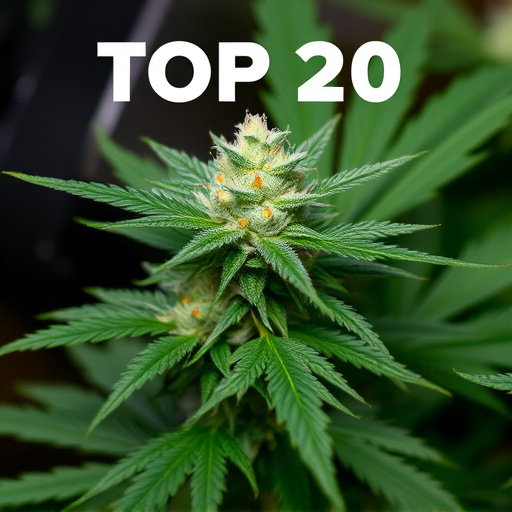
Cannabis plants, scientifically known as Cannabis sativa, produce a diverse array of pigments that contribute to their vibrant colors. The remarkable hues of purple, red, and blue in cannabis are not merely cosmetic but result from complex biochemical processes within the plant. These colors are primarily attributed to two types of pigments: anthocyanins and flavonoids.
Anthocyanins are water-soluble compounds responsible for shades of red, purple, and blue in many plants, including cannabis. Their production is influenced by environmental factors such as light exposure and temperature. On the other hand, flavonoids are a class of polyphenols that contribute to cannabis’ overall color and possess potent antioxidant properties. The top 20 cannabis strains often showcase these pigments, creating visually stunning flowers that range from deep purples to vivid blues and rich reds, each with unique therapeutic attributes.
Top 20 Cannabis Strains Known for Their Unique Color Varieties
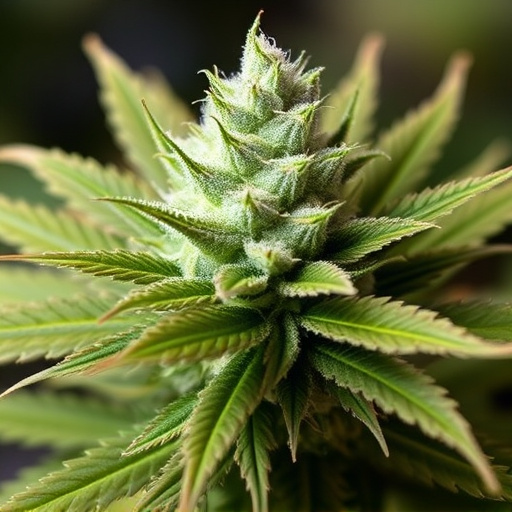
The world of cannabis is a vibrant one, and nature’s magic often manifests in the most colorful ways—including unique color varieties that set certain strains apart. Beyond the familiar green hues, cannabis can display stunning shades of purple, red, and blue, thanks to specific genetic traits and chemical compositions. These striking colors are not just visually appealing but can also indicate distinct flavor profiles, aromatic notes, and potential therapeutic effects.
When it comes to exploring the top 20 cannabis strains known for their unique color varieties, you’ll discover a diverse range of options. From the deep purple hues of ‘Purple Haze’ to the fiery red shades of ‘Red Dragon,’ each strain offers its own distinct character. Some, like ‘Blue Dream,’ showcase mesmerizing blue-tinted leaves, while others, such as ‘Black Diamond,’ boast rare black trichomes that give them a truly one-of-a-kind appearance. These strains not only captivate the eye but also provide diverse experiences for cannabis enthusiasts seeking unique sensory journeys.
Environmental Factors: How They Influence Weed Colors

Weed colors, including purple, red, and blue hues, are not just aesthetic; they’re often an indicator of a plant’s unique chemical composition and health. Environmental factors play a significant role in shaping these vibrant shades. For instance, exposure to different light spectrums can trigger specific pigments, leading to varying colors. Blue and purple weeds, for example, may be more common in cooler climates where plants absorb less light, favoring the development of anthocyanins that give them their distinct hues.
In contrast, red-hued cannabis strains might thrive in warmer environments, where intenser sunlight promotes the production of carotenoids, which include pigments responsible for yellow and red colors. Additionally, soil composition and nutrient availability can influence these colors; nitrogen deficiency, for instance, is known to enhance anthocyanin production, making weeds appear more purple or red. Exploring these environmental factors helps cultivators understand and potentially replicate desired color characteristics in the top 20 cannabis strains, contributing to both visual appeal and potential therapeutic benefits.
In exploring what causes purple, red, and blue weed, we’ve delved into the science of cannabis pigments, discovered remarkable strain varieties, and understood environmental influences. The vibrant colors adorning these plants are more than aesthetic; they’re a result of complex interactions between genetics, terrain, and climate. Whether you’re drawn to the deep purples of Granddaddy Purple or the fiery oranges of OG Kush, each unique hue tells a story about the plant’s origin and development. Among the top 20 cannabis strains known for their distinctive colors, these remarkable varieties continue to captivate and inspire both cultivators and enthusiasts alike.
